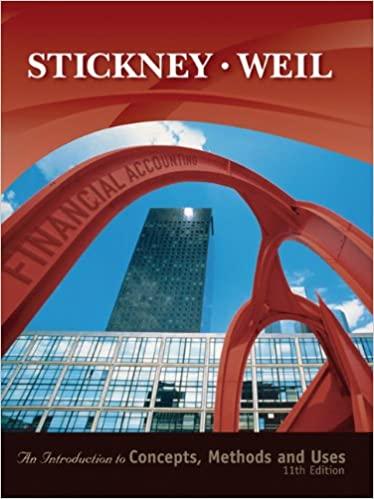Question
Drum-Buffer-Rope Fisher Company produces two types of components for airplanes: A and B, with unit contribution margins of $400 and $600, respectively. The components pass
 Drum-Buffer-Rope
Drum-Buffer-Rope
Fisher Company produces two types of components for airplanes: A and B, with unit contribution margins of $400 and $600, respectively. The components pass through three sequential processes: cutting, welding, and assembly. Data pertaining to these processes and market demand are given below (weekly data).
| Resource | Resource Available | Resource Usage (A) | Resource Usage (B) |
| Cutting | 300 machine hours | Six hours | Ten hours |
| Welding | 308 welding hours | Ten hours | Six hours |
| Assembly | 400 labor hours | Four hours | Ten hours |
| Market demand (A) | 50 | One unit | Zero units |
| Market demand (B) | 40 | Zero units | One unit |
Fisher Company has three sequential processes: cutting, welding, and assembly. Assume that the optimal mix is Component A = 0 units per week; and Component B = 30 units per week. Demand is uniformly spread out over the five-day work week. Fisher requires a 2.5-day buffer.
Required:
1. Identify the following:
The drummer.
________
The rate of production. fill in the blank ____per day
The time buffer. Round your answer to one decimal place. fill in the blank _____day
The rope. fill in the blank _____units of Component B OR Component A
Drum-Buffer-Rape Fisher Company produces two types of components for airplanes: A and B, with unit contribution margins of $400 and $600, respectively. The components pass through three sequential processes: cutting, welding, and assembly. Data pertaining to these processes and market demand are given below (weekly data). Resource Cutting Welding Assembly Resource Available Resource Usage (A) Resource Usage (B) 300 machine hours Six hours Ten hours 308 welding hours Ten hours Six hours 400 labor hours Four hours Ten hours 50 One unit Zero units 40 Zero units One unit Market demand (A) Market demand (B) Fisher Company has three sequential processes: cutting, welding, and assembly. Assume that the optimal mix is Component A = 0 units per week; and Component B = 30 units per week. Demand is uniformly sprea out over the five-day work week. Fisher requires a 2.5-day buffer. Required: 1. Identify the following: The drummer Cutting The rate of production. per day The time buffer. Round on to one decimal place. day Component A Component B The rope. units of Component BStep by Step Solution
There are 3 Steps involved in it
Step: 1

Get Instant Access to Expert-Tailored Solutions
See step-by-step solutions with expert insights and AI powered tools for academic success
Step: 2

Step: 3

Ace Your Homework with AI
Get the answers you need in no time with our AI-driven, step-by-step assistance
Get Started


